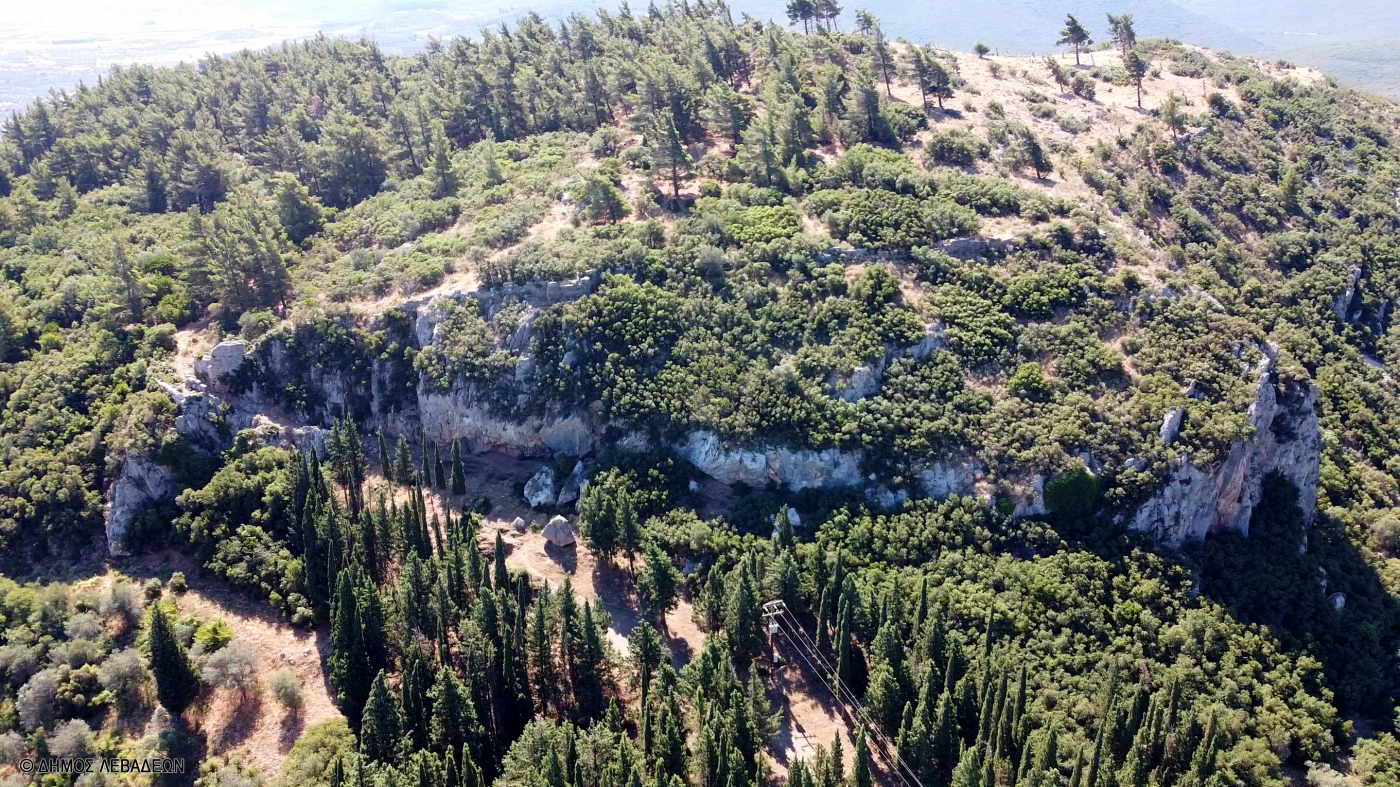
- Davlia 320 08, Boeotia, Levadeon Municipality, Greece
- 15 klm
- NW
Ηistory of Davlia dates back to prehistoric times and retains a constant presence until today. According to Strabo (1st BC century Greek geographer, philosopher and historian), its name comes from the dense forests (in ancient Greek "davla") of the region and according to Pausanias (2nd AD Greek traveler and geographer) from the nymph Davlida.
Ancient Davlida was built on the southeastern side of Mount Parnassos, near the road leading from Cheronia to Delphi, the famous "Schisti Odos" which started from Delphi and was divided into two directions, one towards Thebes and the second towards Davlida. According to Greek mythology, Oedipus met and killed his father, Laius, on the Schisti Odos.
Homer (ancient legendary author of the epic poems of Iliad and Odyssey) refers to it as "Davlis" and Herodotus (5th century B.C Greek historian and geographer) as "Davlion Polis", Thucydides (5th century B.C Greek historian) and Sophocles (5th century B.C Greek tragedian playwrighter and poet) as "Davlia". Due to its important geographical location, the city was destroyed many times, such as by the Persians of Xerxes in 480 BC, while it was completely destroyed in 346 BC by Philip the Macedonian, besieged and finally captured by the Romans in 200 BC. During World War II, on May 5 1943, the Italians burned the village, but did not break the resistance of the residents of Davlia.
